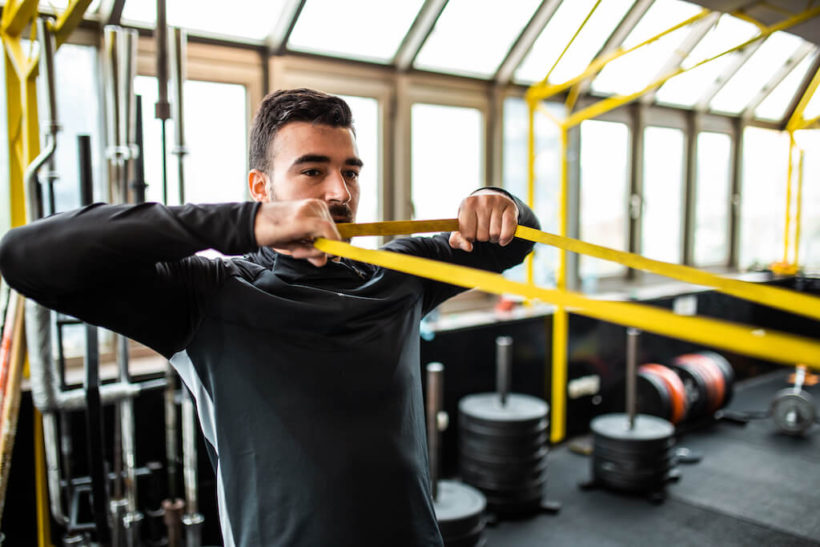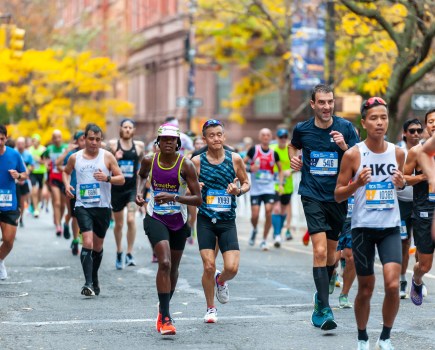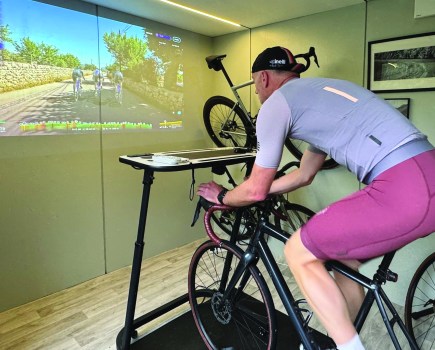Mirror muscles might look good, but if you neglect other areas your overall health & fitness will suffer. Discover the most neglected muscles you need to start targeting at the gym.
Most gym-goers, especially men, prioritize training their ‘mirror muscles’ – chest, shoulders, quads – and neglect the less glamorous areas.
Related: Arms and Abs Workout To Maximise Your Mirror Muscles
But these less-heralded muscles deserve your equal time and attention. Not only do they protect against injury, but they balance your physique and ultimately benefit all areas of your conditioning.
Here Anytime Fitness’ Marvin Burton outlines the 5 most neglected muscles you can ill afford to ignore…
5 Most Neglected Muscles in the Body
1. Rotator cuff (shoulder stabilizer muscles)
An injury to a rotator cuff is far from ideal. As well as negatively impacting your training, your arm movements will be heavily restricted. Swinging your arms when running or holding a bar on your back to squat will both be out the question.
Your rotator cuffs are a collection of muscles inside your shoulder joint that can be over-stretched in various movements, such as bicep curls or if you overtrain your chest. They’re small muscles, but unbelievably important.
Exercises such as scapula retractions on a chest-supported back row, internal and external band work, Trap 3 raises, lying Y raises and face pulls should all be regular fixtures in your routine.
How to do Y raises:
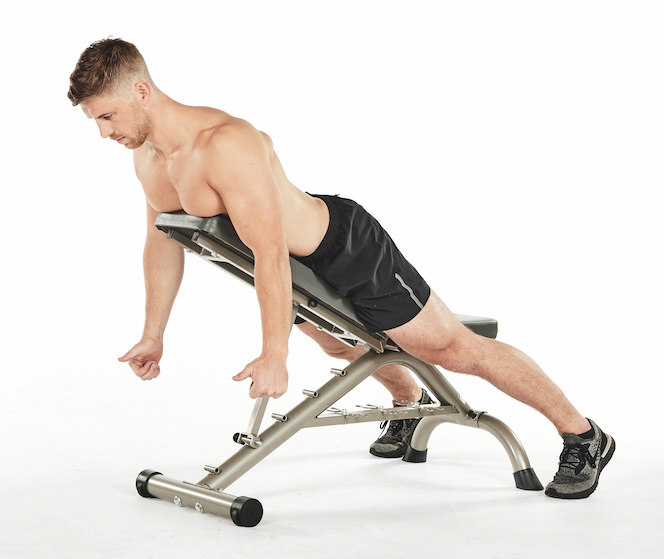
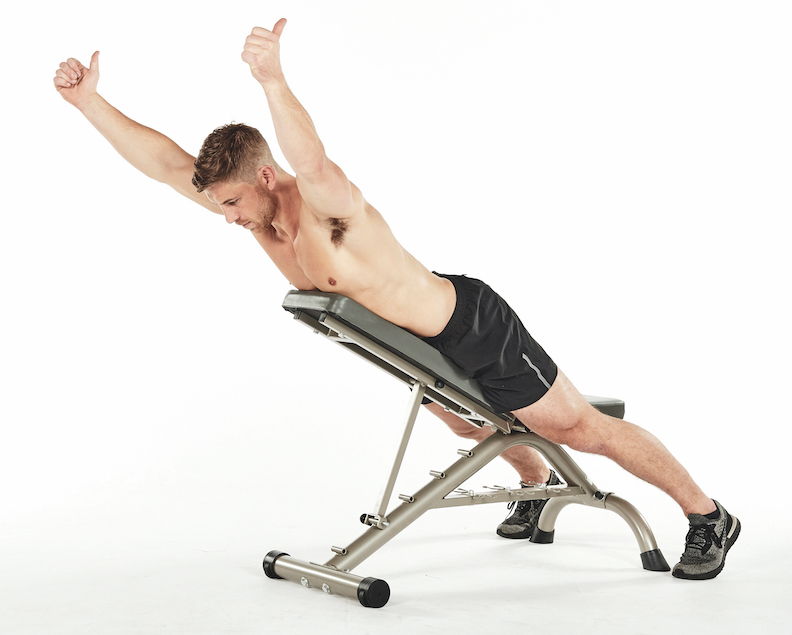
- Lie face down on a 30-degree incline bench with your arms hanging down and thumbs up.
- Begin the movement by squeezing your shoulders back and down.
- Holding that position, lift your arms all the way up until they form a ‘Y’ position.
- Hold for 4-8 secs, then slowly return to the start.
- Relax, then go again.
2. Calf muscles
Some people may argue that your calf muscles are being conditioned during leg exercises or running, but a large majority still suffer with knee pain, achilles strains, shin splints and have poor ankle mobility – all signs that these all-important muscles are some of the most neglected in the body.
Calf-specific exercises like calf raises can alleviate these issues, and protect against injury, if you’re taking part in any impact-related exercise: running, HIIT training, football and so on.
RELATED: Fix muscle imbalances with these corrective exercises
3. Glutes and hamstrings
A lot of people fall into the trap of not fully activating their glutes when squatting. Partial squats are often caused by having poor ankles, knees and hip mechanics. It might not be what you want to hear, but for a general gym enthusiast who sits for long periods during the day at work, loaded squatting may not be a good exercise for you.
I would prefer to activate the glutes during warm-up activities such as hip bridges, heal-elevated squats, hip mobility stretches, foot-elevated split squats and hip thrusts. Try to add a good hamstring warm-up and conditioning exercise to your workout. Ideal choices would be single-leg exercises and Romanian deadlifts, lying hamstring machine curls and, once you’ve built the strength up, Nordic hamstring curls.
If you have access to a glute-ham raise machine, you’re in luck, as this is a great piece of equipment for your glutes and hamstrings.
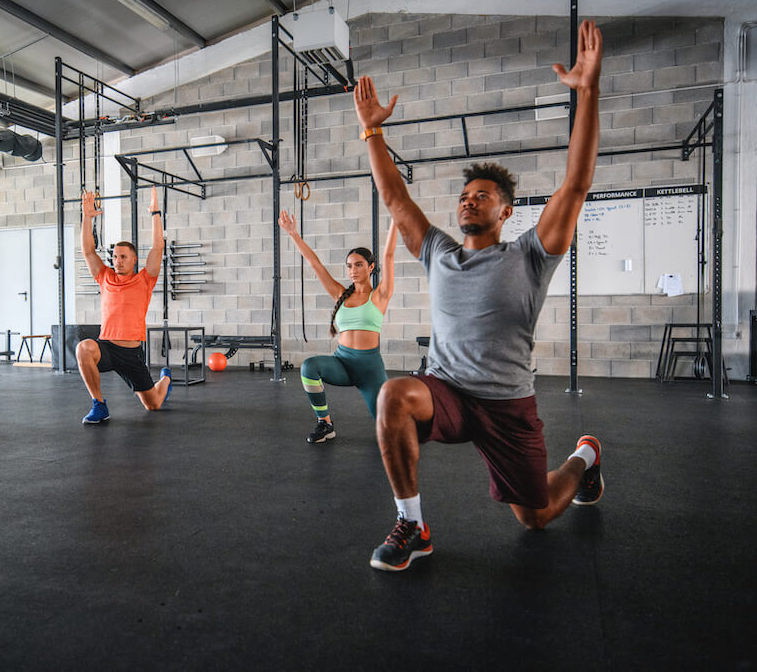
4. Hip flexors
To expand on the above, I recommend working on hip flexor movements, as these are often one of the most neglected muscles in the body. Tight hip flexors can be related to being in a seated position for long periods of time. That’s not going to help if you’re wanting to perform leg-raising ab exercises, incorporate sprints into your training, or just like lifting heavy.
Stretch your hip flexors and quads regularly if you suffer from tightness or lower back pain. Usually the pain resonates in tight hamstrings, due to the muscle being lengthened as your pelvis is being pulled forwards – but working on your hip flexors will definitely help.
Kneeling stretches are also great, and you can perform these as a variation in a dynamic warm-up before you train.
5. Thoracic spine mobility
Your thoracic is the largest moving part of your spine. Mobility loss in this area can occur through repetitive work-related tasks, but also from gaining large quantities of muscle and working only on push and pull movements.
By adding increased rotational movements and warming up with spinal twists and dynamic movements, you’ll aid your overall mobility and prevent against a weak walking posture.
Your posture, sleep and appearance will all be greatly enhanced if you aren’t stiff in your spine.
Anytime Fitness has over 165 gyms across the UK. Visit anytimefitness.co.uk/find-gym to claim a free day pass

